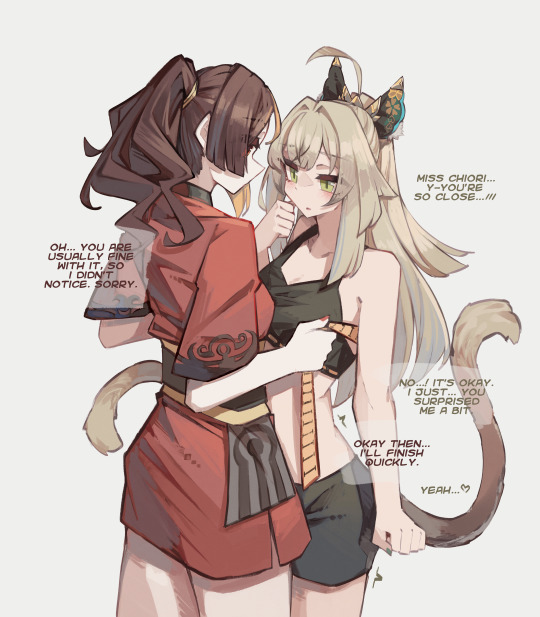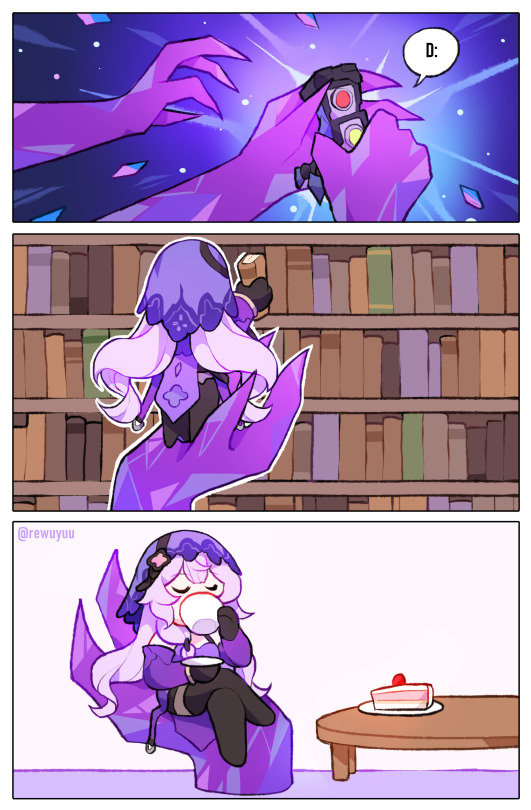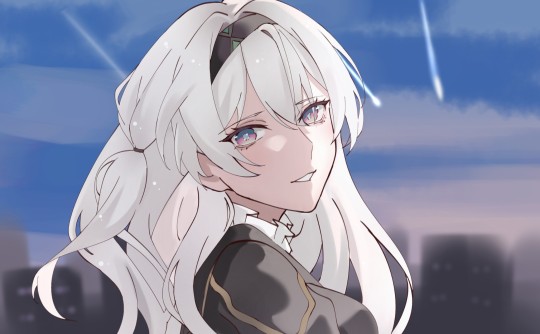mobiuslab
113 posts
Don't wanna be here? Send us removal request.
Text
"I fight so that one day, I will never have to witness another 'shooting star' falling to the ground"
These words from Feixiao really resonated with me, and made me see the potential for a really great alternative storyline.
You see, from the moment I found out that Dan Shu became an antagonist because Lan carpet-bombed a hospital, way back in 1.0, I became disillusioned with the Hunt. Yukong's Companion Mission just further reaffirmed my opinion that Lan doesn't deserve to be worshipped. And now we have Feixiao too talking about how Lan's arrows only cause bloodshed. Not victory or justice, but just senseless violence.
Feixiao's trailer gave me the impression that underneath her easygoing, carefree attitude, Feixiao is someone who carries a lot of trauma with her, drinks to forget the atrocities she has seen/committed, and only smiles to hide the pain. In the newest Trailblaze Continuance, it was confirmed that Feixiao is a war orphan and that she has Borisin blood running through her (she's from the same bloodline as Hooley to be specific), so all in all, Feixiao should have been "The Disillusioned Soldier" or "The Living Weapon Who Actually Hates Killing" type of character. We definitely got a little of that, with Feixiao being burdened by her Moon Rage, but in my opinion, it should have been a much, much more prominent part of her character.
For example, they could have portrayed her as a staunch pacifist. We already got a little bit of that, with how she would rather be called the Lacking General rather than something as glorious as the Merlin's Claw. But Feixiao should have been more vocal about her distaste for war and unnecessary bloodshed. She should have been the type of General who earned her rank thanks to her victories on the battlefield, but now only wants to chill and avoid her duties (to differentiate her from Jing Yuan, they could have emphasized that she isn't lazy but avoids her duties due to her personal beliefs). But instead, Feixiao is actually rather proud to be the Xianzhou's spear that takes out all of its enemies. It's a bit inconsistent if you ask me, but portraying as Feixiao a noble character who is absolutely loyal to the Xianzhou actually works really well too.
In addition to making her desire to be a pacifist, the writers should have shown us more of Feixiao's tragic past. Sure, she's a slave and an orphan, and it's pretty much implied that her Foxian ancestors were raped by Borisins, but they should have shown us the Borisins' terrible crimes more directly, in order to justify a much darker side of Feixiao. Despite abhorring war, Feixiao should have had an immense hatred for the Borisins, a very personal grudge, and a desire for vengeance. Her whole character should have been about wanting peace and an end to the war while struggling with deep-seated bloodlust that she wants to suppress at all costs. Again, we got a little bit of that, but it should have played a bigger role.
What they definitely didn't show enough of was discrimination based on Feixiao being part-Borisin. Her backstory should have involved the Xianzhou natives and Foxians being really racist towards her, forcing her to earn her place through sheer effort and results on the battlefield, but also trapping her in the endless cycle of violence that she wanted to escape from. Eventually, she makes it to General and becomes a beloved figure, but the fact the Xianzhou only values her because of her strength, brutality, and merciless killing of Borisins (her own kind!) should have been something that made her feel conflicted and out of place. She has seen how terrible war is and wants to "cure" it, her words, and yet everyone is praising her for killing so many of their enemies. Despite initially only fighting for justice and a place to belong, Feixiao realizes that she is only valued as a weapon. These conflicting feelings about the Xianzhou should have been something Feixiao struggled with.
As for the plot of the Trailblaze Continuance, mistrust towards Feixiao needed to be shown from the very beginning and throughout both parts. The Marshal sent her to the Luofu to test her, a few of the other elites question her allegiance, and some of the public is talking shit about her because she's part-Borisin, things like that. And in the second part, Hooley should have actually caused a lot of casualties, leading to people blaming Feixiao because she was supposed to oversee his transfer and even calling her a traitor who is working with the Borisins. The discord among the public should have escalated into a witch hunt (get it?), with Feixiao planning to capture Hooley to placate the unruly mob. She succeeds and things mostly play out the same, with her swallowing the heart moon thingy and having a conversation with Hooley, in which she refuses his plan to become the new Borisin Warhead despite Hooley making much more pointed arguments about how the Xianzhou doesn't deserve her loyalty and how they are racist warmongers. Maybe instead of being all about ruthlessness and survival of the fittest, Hooley, as a wolf that is being hunted by the Xianzhou, should have been more morally grey and have had a genuine desire to ensure the Borisins can survive and thrive. He could have reminded Feixiao of her past, of how a lot of her suffering was caused by the Xianzhou. But like in the actual story, Feixiao refuses... only to then find out that the mob killed Jiaoqiu because they thought he too was a part-Borisin traitor.
Feixiao goes into a rage and hurts some of the Luofo citizens which only makes them want to hunt her down and kill her even more. Back in her mental space, we see a conflicted Feixiao. She is the noble Xianzhou warrior that we know and she doesn't want to fight the people she has sworn to protect, but she has her back against the wall now. Maybe she's just outnumbered or maybe Jing Yuan was forced to fight her because she did hurt Luofo citizens, but either way, if she doesn't do anything she will die. All her doubts resurface at this moment. All the discrimination, how she never felt truly felt accepted, how the Xianzhou has no intentions to end the war, how they used her as a mere weapon, how Lan will mercilessly kill the people fighting for THEM, and of course how the Xianzhou took one of the only people she cared about, Jiaoqiu. And, so in a moment of tragic inevitability, Feixiao accepts the power Hooley offered her and claims her birthright. She calls the remaining Borisins to herself, who all immediately acknowledge her as their new leader, and together with her new pack she fights her way out. Feeling so betrayed by the people she has always shown nothing but loyalty, a regretful Feixiao flees the Luofo with a heavy heart. Jing Yuan and the Astral Express can only watch, knowing that it was the Xianzhou's zealotry and blind hatred for the Borisins that drove one the Alliance's strongest and most loyal warriors into the welcoming arms of her new family.
The consequence of this preventable tragedy is that Feixiao no longer exists to the Xianzhou, and that they have started hunting down their new archenemy, Borisin Warhead Saran.
5 notes
·
View notes
Text
So let me get this right: Their body was the root cause of the problems that eventually turned them suicidal. All they wanted was to be accepted but no one even called them by their true name. But then, someone finally does, and they transform, become cute, find friends, and life's so much better now. Yeah, guys, I think Durin is trans.
56 notes
·
View notes
Text

In the JP and CN dubs, Firefly isn't just "camera-shy" — she's "afraid to have a camera pointed at her".
Also, Kafka, Silver Wolf, and Blade have all been seen wearing sunglasses, almost making you think it's part of the Stellaron Hunter dress code — but we haven't seen Firefly with glasses yet.
Whatever happened to the glasses girl must have been pretty traumatizing for Firefly, huh?
317 notes
·
View notes
Text
My Chemical Marriage
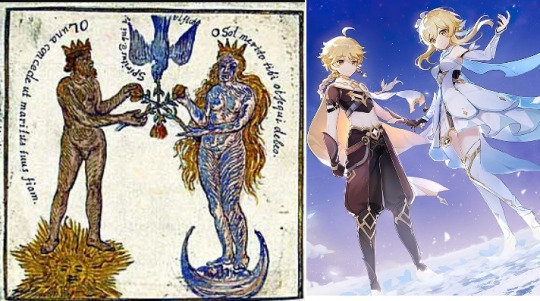
The chemical wedding is an allegory used in alchemical writings to refer to the union of opposites, particularly a union that produces a new and improved product, the Rebis.
One popular version of the allegorical wedding takes place between the Red King, the active principle (sulfur) that shapes the material and passive principle of the White Queen (mercury). However, this allegory can refer to the union of sun and moon, silver and gold, or even body and spirit.
The Rebis refers to the end product of the magnum opus, and is typically depicted as a hermaphrodite.
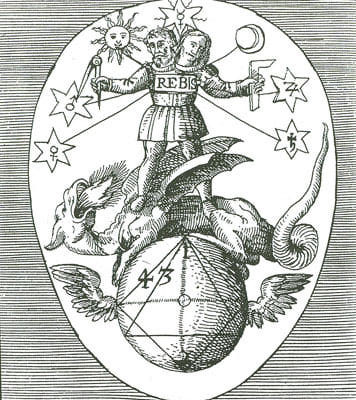
The child of the chemical marriage is sometimes called the philosopher’s child and fun fact, is associated with the myth of Orion and his three fathers (Jupiter, Mercury, and Neptune). The myth is very different but I can’t help but think of the Simurgh.
Though the chemical marriage allegory is very much referring to marriage and procreation, etc, in the context of Genshin, it’s used more to refer to a union of opposites, or a collaboration between two types of being, which will be elaborated on later. Of the four examples I will be going through, only two of these relationships have any kind of (canon) romantic associations attached to them. Basically what i’m trying to say is that this is definitely not about ships please don’t eat me.
It’s a well established trend in the history of Teyvat that there have been many god-king-like beings associated with gold or the sun, who had some kind of relationship with a knowledgeable and moon-associated woman, who then dies tragically during the god-king’s quest to Change The World.
And now, in thematic order, I present the doomed pairings:
Imunlaukr and the princess of Sal Vindagnyr
Imunlaukr is an outlander, destined to wield the Snow Tombed Starsilver sword to “shatter ice and snow.” The wiki cites a stanza where this name is used as a kenning for a sword. Imunlaukr tried to save Sal Vind from the catastrophic ice and snow caused by the Skyfrost Nail hitting an Irminsul tree, but he failed. Sal Vind had a princess who was also the daughter of the priestess of Vindagnyr, and was “born beneath this white tree” (Frostbearer). She is described as being “bright as the moonlight,” and had the gift of prophecy, painting her visions as frescos on the walls of the city - you can see them in the room where you find the Starsilver sword.
Guizhong and Zhongli
According to the Stone Tablet Compilations: Vol. I, Rex Lapis descended to Liyue. This isn’t the same descending as Descenders, and it has been argued that a better translation would be ‘demoted,’ but this has similarities to the way Deshret and Remus are described as founding their kingdoms. Rex Lapis is also called Deus Auri, the Golden God, and in the Dialogue of the Desert Sages description, it says that “transformation into gold and Mora is the sole province of Deus Auri.” Guizhong’s moon connection is on the weaker end, but she is strongly associated with glaze lilies, a flower that only blooms at night, like the Nilotpala, or Lunar, lotuses. She gave Zhongli a stone dumbbell, the Memory of Dust, which contains her “wisdom.” Zhongli is still unable to unlock it, and before Guizhong’s death, she told him to forget about its contents. On a more superficial note, Zhongli and Guizhong have a color scheme that will also be part of the pattern discussed here- black and gold and blue and white.
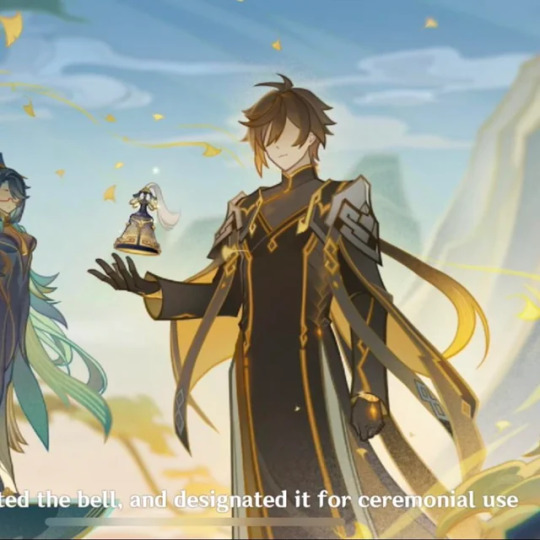
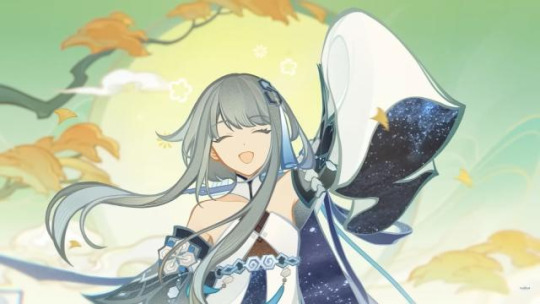
Remus and Sybilla
Sybilla was the former “envoy that protected the silver tree,” but she had lost her “mind and form.” However, she still retained her gift of prophecy, and told Remus about his destiny to found Remuria (and its inevitable downfall). Sybila’s loss of her physical form and mind is reminiscent of the Aranara stories about how Seelies were cursed to lose their body and intelligence if they fell in love with a human.

After making an arrangement with Remus, the silver tree that Sybilla was protecting transformed into a golden ship, which according to The History of the Decline and Fall of Remuria , was called Fortuna, and with it, Remus “descended” onto Meropis. Together with Sybilla, Remus created Phobos, the Great/Golden Symphony. Phobos is the name of one of the moons of Mars, the red planet. Combined with the Primordial Sea-derived ichor, it would allow his people to shed their physical forms and transcend their prophesied doom. Sybilla even sacrificed her life to make the symphony possible, but she wasn’t completely dead in the end, and her lack of “persona” led to the Symphony going awry.

And MOST IMPORTANTLY, the Golden Troupe of Remuria used a magical technique Rene called the “seal of chymical marriage,” and which I think was used to seal the Primordial Sea. Rene would later attempt to reverse its power to Evangelion-ify the people of Fontaine.
We don’t know what Remus or Sybilla actually looked like, but the color scheme of both the Remuria based artifact sets are white/blue/gold and black/blue/gold.


Decarabian and Amos
Decarabian was the god-king and founder of Mondstadt approximately 2600 years ago. He created a wind barrier to protect his people from the storms outside (and from Andrius), and in an effort to keep his people safe, micromanaged their lives, even banning certain kinds of music that could incite rebellion (Song of Broken Pines). Interestingly, his goal to protect his people is described as a ‘dream’ multiple times in item descriptions. The Scattered Piece of Decarabian's Dream: He tried so hard to make his dream come true, and so the fragments of that dream are still mighty.

Fragment of Decarabian’s Epic: If it were not for the song of freedom that shattered the city in an instant, Decarabian's dream would have gone on forever. I wonder if this is meant to be another incidence of the literal power of music, like Remus’s symphony, or the Source Song. |Decarabian had a human lover named Amos, although from her perspective, he did not understand her or her mortal love, or even the (lack of) devotion of his people. This reminds me of Scylla telling Remus that as a Usurper, he is cursed to love humanity. But maybe not understand them, which would be both of these god-kings’ downfalls. Though Amos was human, she also seems to have had prophetic dreams: "I dreamt of ocean waves and sand, of lush forests and land." "I dreamt of boars playing in berry bushes, of a towering spire." These words she spoke to the God King in a soft tone, but they were left unheard. (Amos’ Bow) Eventually, she would join the rebellion against him, and attempt to assassinate him. Amos also fits into the blue and white color scheme, and has a feather ornament similar to Lumine in her hair:
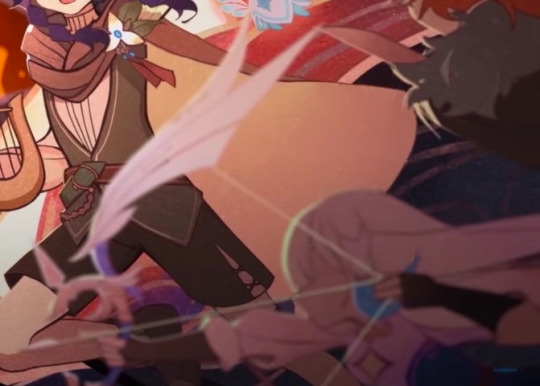
And we come to the piece de resistance. The ultimate example. One of the weirdest things in genshin lore (in a good way). I present:
Whatever TF is Going on With Deshret and the Goddess of Flowers
In The Lay of Al-Ahmar, Deshret is described as a “son of the sky,” with abilities that earned him the reverence of the tribes in the desert. One of his titles, Al-Ahmar, is Arabic for “the red one.” Deshret dreamed of creating a utopia for humans, and the final manifestation of that dream was the (failed) Golden Slumber, where like Remus, he attempted to separate his mind from his body. God-kings and their hiveminds…. Deshret received assistance in the form of access to forbidden knowledge from the Goddess of Flowers, also known as Nabu Malikata. The title Nabu refers to the Babylonian god of wisdom, who is associated with the planet Mercury in Babylonian astronomy. The title ‘Nabu’ has the same linguistic root as the Arabic ‘nabiyy’ (نبي) and Hebrew ‘navi’ (נביא), meaning prophet. According to Arama, the Goddess of Flowers was a survivor of the Seelie race. After her exile, she wandered the desert, where her blood turned into streams of water that allowed gardens of water lilies to grow, which in turn birthed the Jinn. Additionally, wherever she stepped, purple flowers called Padisarahs, described as “bearing semblance to the moon,” bloomed (Flower of Paradise Lost). Together with Deshret, she founded Ay-Khanoum, meaning "[City of the] Moon Maiden.” In addition to being known as “the red one,” Deshret is also known as the “Lord of Sand.” Combined with the Goddess of Flowers association with both water and mercury, I consider their respective titles to be a reference to Ibn Umayl’s Silvery Water and Starry Earth, a 10th century alchemical text. The ‘silvery water’ refers to mercury, or quicksilver, and the ‘starry earth’ is sulfur. This text is also referenced in the refinement materials for Dialogue of the Desert Sages, where this time the mercury-looking material is called “exalted earth.” The mercury-sulfur theory of metals was popular in medieval Islamic alchemy, and it refers to the idea that all metals are formed in the earth out of a combination of these two elements. Like Sybilla, it’s implied the Goddess of Flowers sacrificed her life to help Deshret fulfill his goals. Secret Keeper’s Magic Bottle: "I shall fashion you a bridge to allow you to slake your deepest wants. But you must fear not the crystalline sapphire nail..." "I will deliver you unto higher knowledge. But as I have warned, you are fated to lose much in this exchange..." "Nevertheless, hide my lesson in your heart. Remember the punishment that once was inflicted on the fallen envoys of heaven." "Know this: if there is to be hope in this world, it will be found kindling within mortals most ordinary." Wreathed in darkness, she guided her dearest friend toward the path to understanding all there was to know about the skies and the abyss. Using her body as a conduit and offering the oasis in trade, she let the dazzling radiance consume her to see his deepest desires be made manifest… It’s not clear exactly when she died, as other sources of in-game info attribute her death to the “malice of the burning sun and yellow sand,” as well as imply her death was part of a larger plan she had (Oasis Garden weapon mats). That being said, the Flower of Paradise Lost description states that after she performed this exchange, she was never seen again. As for the color scheme mentioned earlier, we don’t know what Deshret or the Goddess of Flowers looked like. Our only hints as to their human forms are the Gilded Dreams TCG card/artifact design, and a throwaway line in the Sumeru Archon Quest where Nilou says her stage costume is inspired by legends about how the Goddess of Flowers dressed.
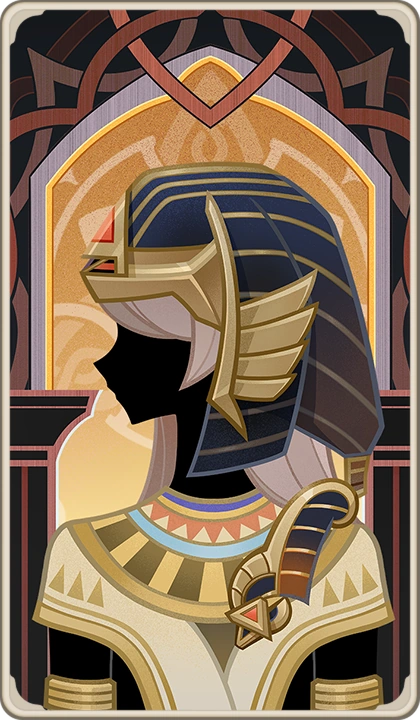
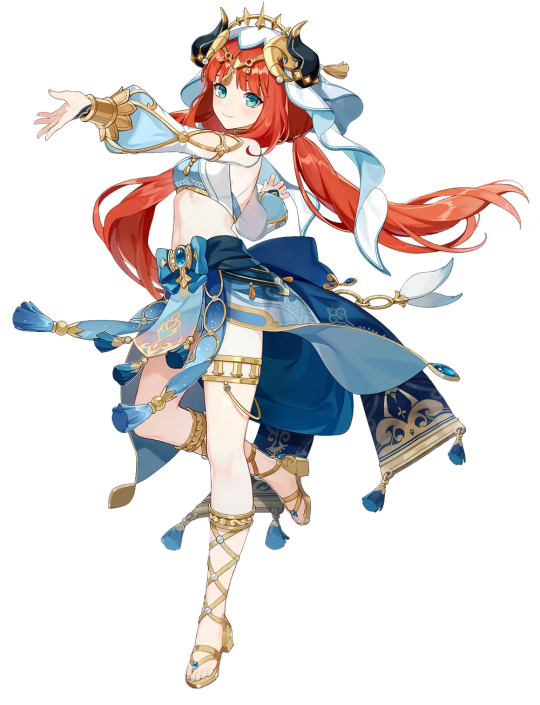
As of 4.7, we also have the Flower of Paradise Lost TCG card, which may depicted the Goddess of Flowers. The color scheme is purple and white, but the woman in the art is wearing a dress that looks similar to Guizhongs (delulu). The crown on this card has little wings, which are reminiscent of the winged helmet Mercury is sometimes depicted as wearing.
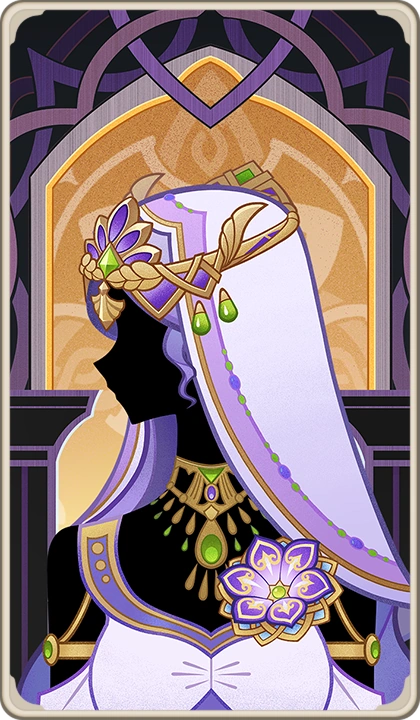
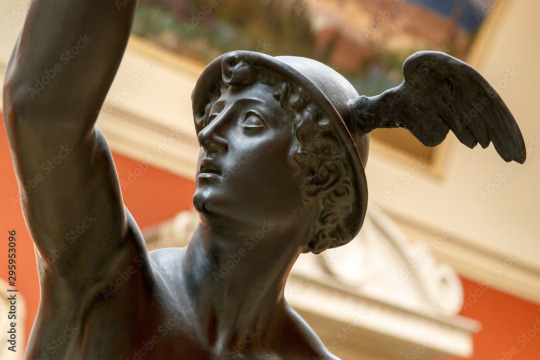
The defining feature of the chemical marriage is that the metaphorical union produces something greater than the sum of its parts. Sybilla and the Goddess of Flower’s sacrifices allowed the fulfillment of plans that were intended to create new worlds, something I would consider greater than the combination of god and Seelie minds. Another common thread in these transactions is wisdom, or lack thereof, with both Goddess of Flowers and Guizhong offering wisdom, and Sybilla saying that she no longer has hers - although that didn’t stop her from becoming part of Phobos. This theme of wisdom also has alchemical significance, since the philosopher’s stone is the lapis philosophorum; the 'stone of wisdom'. I’ve written a theory about the philosopher’s stone and Descenders and alchemy, including the chemical wedding motif, in the Narzissekreuz Ordo questions: you can check it out here. Two points that I want to carry over to this theory is that a) there is evidence to suggest that the philosopher’s stone and a Descender are the same in Teyvat and b) the ability to successfully change Fortuna (fate) is directly linked with Descender status. I’m not saying that Deshret and Remus were trying to become Descenders, but there are clear thematic parallels with their goals, and Rene’s goals. Additionally, these four examples are not the only time a union resulted in world changing consequences. Records of Jueyun recounts the story of the traveler from afar and the seelie: At a far-flung moment in the distant past, the ancestor of the seelie met a traveler from afar, with whom they swore an oath of union witnessed by the three sisters of the Lunar Palace. Just thirty days later, a sudden disaster struck. The seelie and their lover fled into exile as the world collapsed around them, fleeing until the terrible calamity caught up with and seized them. Their cruel punishment was to be separated from each other for eternity and to have their memories wiped without a trace. The book goes on to directly connect this union with the curse of the Seelies that Arama mentions: The graceful but heartbroken seelie and the sisters grew more sullen and withdrawn with each passing day, to the point where their wondrous forms withered away, leaving fragments of their former selves scattered in the mountains and ruins, where they turned into tiny little life forms. They had forgotten so much, lost so much, and been stripped of their voices and wisdom, yet they continued to sing the same songs of grief. Because of this, still harboring a shred of the deep love they once had for their long-lost lover, they will act as guides to travelers who stop in the mountain mist, seeking to retrace their memories of an ancient story in long-abandoned ruins, disused makeup cabinets, and now-undecipherable poetry. Moonlight Bamboo forest has another version of the story, where the three moon sisters loved the “stars of daybreak,” and after some kind of cataclysmic event, only one (dead) moon remained in the sky. Mitternacht’s Waltz also described a sword shattering one of the moons: Two of the three bright moons that caused the perfumed sea of the primordial universe to shine and stirred up the beasts of the Arianrhod Realm were shredded by a sword that tore the horizon asunder, left in smithereens too small even for the mystical sight of the Prinzessin. Ever since the Narzissenkreuz quests, I am very suspicious of all swords mentioned in lore. If we put all these themes and narratives together, another possible metaphorical union emerges:
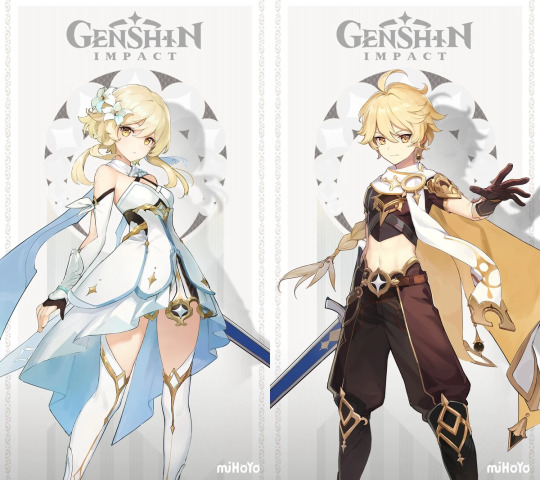
Since the dawn of Genshin lore, there have been various theories regarding the duality in the designs of the twins, with some also suggesting that they are two separate halves of one being. However, I’d like to propose the opposite: if the twins follow the path of their fellow black/gold and blue/white predecessors, then it seems likely a fusion that is also a sacrifice is in the future for our protagonist. There are other similarities between the twins and the god-king/seelie pairs. The twins have sun and moon symbolism on their clothes, constellations, and swords: Aether’s has a star (sun) shaped hilt and Lumine’s a moon. The Traveler is frequently described as being ‘golden’ (ex. Golden Nara), and Liloupar says that they remind her of Deshret. The Traveler is already a Descender, but they definitely don’t seem to have the strength or knowledge to exercise their world-equivalent Will yet - and maybe their sibling who has been spending time in the Abyss and has learned the “truth of this world” can help. In that case, the knowledge of the Abyss-aligned twin would fulfill the role of the Seelie knowledge in this pair, helping the Traveler complete their power-up. But what about Paimon, the emergency food? She's the dove, representing the spirit and- [is dragged offstage].
P.S. I didn’t know where to fit this in, but I think Before Sun and Moon is also referring to a chemical wedding. Sun -> sulfur and gold, Moon -> mercury and silver. The title could be an incomplete phrase, and actually be something like “Before Sun and Moon joined.”
135 notes
·
View notes
Text

Starting somewhere in the middle of the continent, these 10 randomly-assigned teams will participate in a Teyvat-wide treasure hunt that combines elements of orienteering, puzzle-solving, combat, and general survival. In other words, they will need to climb mountains and travel great distances, be able to read a map, possess knowledge about Teyvat's history, geography, and mythology, use logic to solve puzzles, fight monsters, cook, be able to set up a tent, and basically do everything else the Traveler does on a daily basis.
Who would win? Who would find their new bestie? Who would have a mental breakdown?
0 notes
Text

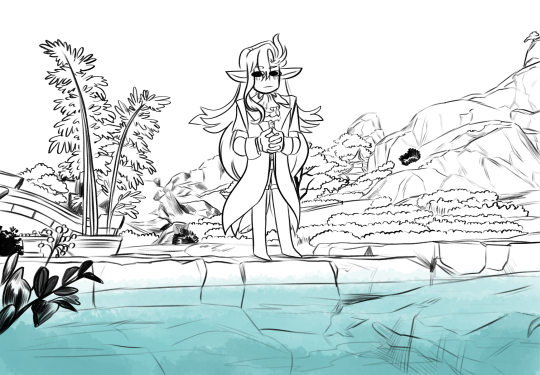
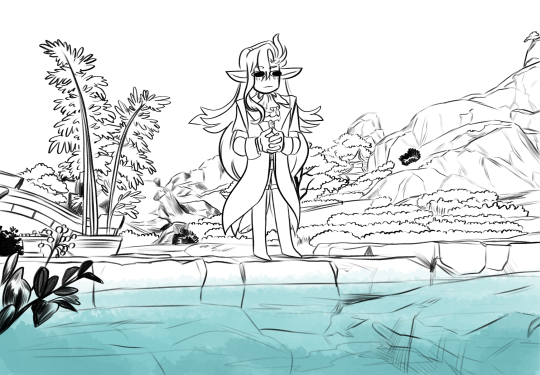
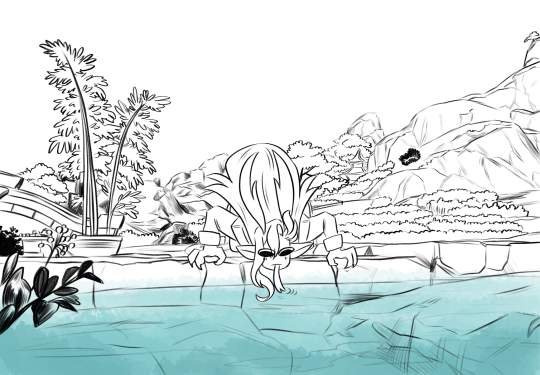
I don't know why but when he said he sampled the water of Qiaoying Village I just imagined him lapping it up on all fours when no one was looking so I doodled this up 💀💀
18K notes
·
View notes
Text

All the footage shown in The Great Tatalov trailer (like Giant Sampo, Yamcha-pose Stelle, Archeron and Black Swan being scanned, etc) turned out to be reused scenes from the 2.0 Trailblaze Mission, just edited and shown in a misleading context to make it appear like the trashcan parts actually happened.
The only exception, the only footage that isn't a reused asset, are the photographs depicting Stelle and Firefly on a date.
Will there be some sort of time loop plot in 2.1, where we'll go on another date with Firefly, where the footage from the trailer actually comes from? Or did they make that footage of Firefly just for the trailer, even though they could have just reused something that already exists? But why is only Firefly's footage faked then, when everyone else's footage ended up actually being shown in the story?
We already know that the Dreamscape can show you things that no one other than you can see. Now, obviously, several characters have interacted with Firefly, but was every moment we shared with her real? Or were there any staged scenes, mixed in between real events?
5 notes
·
View notes



